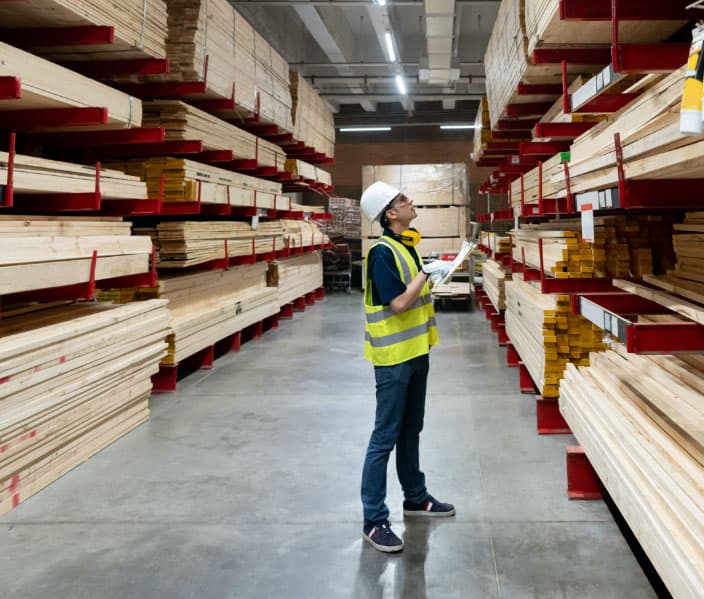Increased Exposure to Wood Can Improve Health and Well-Being
Growing Evidence Suggests Biophilic Designs of Hospitals, Offices, Schools, and Other Buildings Can Regulate Stress Levels
Wood has been used as a building material for thousands of years, but we’re only beginning to truly understand its benefits. Building with wood has not merely practical and environmental benefits, but it has also been linked to better physiological and psychological well-being.
Not only is wood aesthetically pleasing, but environments with wooden structures are also shown to cause a drop in blood pressure, lower the pulse, and have a calming effect.
The result is enhanced productivity and learning, reduced stress, and improved focus. This natural phenomenon is often referred to as the Biophilia Effect, and there is science behind it.
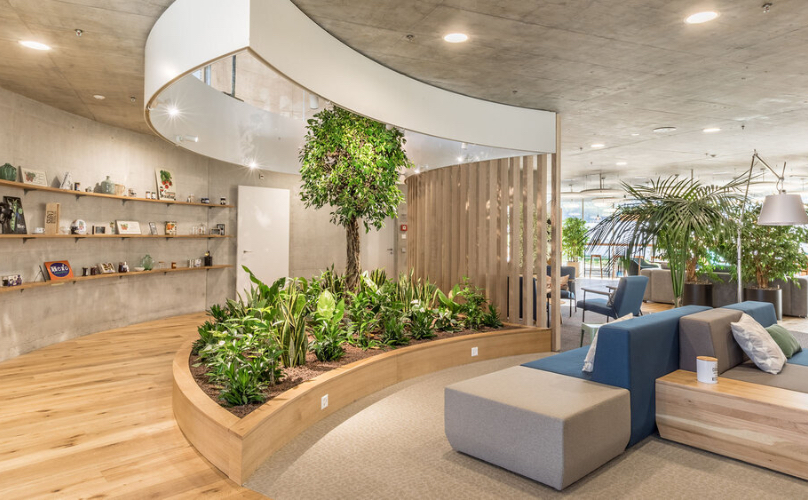
Human beings are meant to be in nature, but modern society dictates more of our time being spent indoors rather than outdoors. To remedy this, more building designers are incorporating natural elements like exposed wood, natural light, and plants into their building structure. This concept is often referred to as biophilic design, the idea that spending time in a more natural setting can improve physical and mental health for the people who live, work, and gather in the space. The trend of biophilic design in offices and other workplaces has been growing for years.
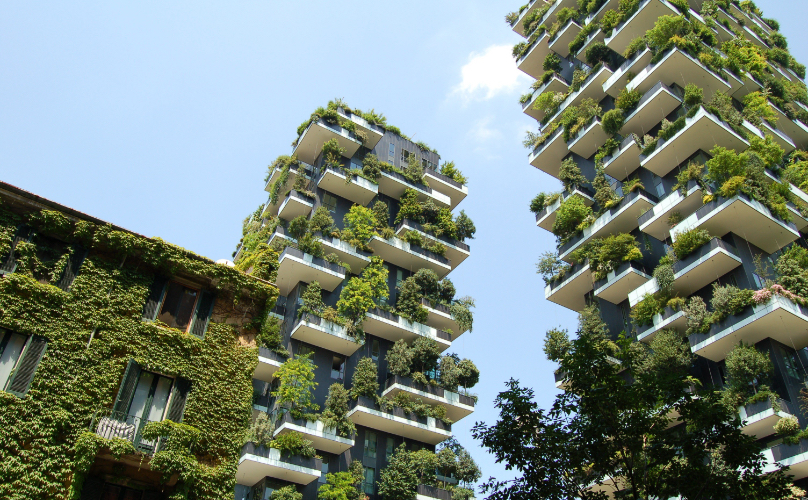
Though research on the biophilic properties of wood is still in its early stages, there is a growing body of evidence that increased exposure to natural elements can result in an impressive list of beneficial effects, including but not limited to better learning rates, lower blood pressure, reduced stress, and faster healing.
The white paper, WHY DO WE FEEL BETTER WITH WOOD?, examines the benefits of biophilic design and the growing body of research behind it. Here are some other examples of researchers studying the physiological and psychological impact of
natural elements:
SOURCES

Source - Wood as a Restorative Material in Healthcare Environments, February 2015
Environmental psychologist Dr. Sally Augustin and researcher Dr. David Fell found humans automatically relax when they are surrounded by views of nature, natural light, plants, and exposed wood upon their review of existing research from the U.S., Canada, Austria, and other countries. Fell (2010) studied the autonomic responses of 119 subjects in wood and non-wood offices before, during, and after a stressful mental task. In this study, sympathetic nervous system activation was lower in the wood room. Skin conductance level was lower in the wood office during the pre-and post-test periods. Further, the rate of non-specific skin conductance responses, measurable divergent stressful thoughts, in the wood office was less than half that as in the non-wood office.
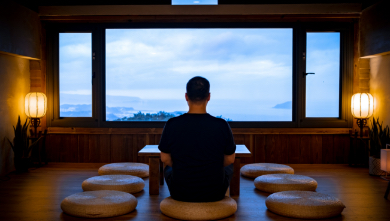
Source – Wood Construction Reduces Stress and Offers a Healthy Living Environment
Marjut Wallenius, a Docent and Doctor of Psychology at the University of Tampere concluded use of wood promotes the health and well-being of mind and body in her research, “Wood has psychological effects on people and a similar stress-reducing effect to nature,” she says.

Source- Wood in the human environment : restorative properties of wood in the built indoor environment
Wood was associated with decreased blood pressure in an Austrian study; high school students who were taught in classrooms with floors, ceilings, and walls finished in real wood had lower heart rates than students taught in classrooms with no wood elements (Kelz et al., 2011). Besides having lower heart rates, students in the wood classrooms also reported lower levels of stress than those in non-wood classrooms.
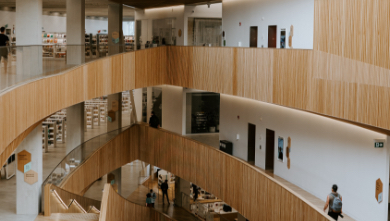
Source - Nature in Design: The Biophilia Effect
A Japanese study comparing physical and emotional responses to viewing wood versus steel panels found that wood had both physiological and psychological advantages over steel (Sakuragawa et al., 2005). Wood panels were associated with decreased depression or dejection, while steel increased both. Aside from mood, researchers measured a difference in blood pressure as well: wood panels were associated with decreased blood pressure or no change, while steel was associated with increased blood pressure.

Source - “Workplaces: Wellness+ Wood = Productivity”
Forest and Wood Products Australia commissioned a study that linked nature, biophilic design, and wood with improved physical and mental wellbeing. The study surveyed 1,000 Australian workers and found a correlation between the presence of wood and employees’ satisfaction at work, lower absenteeism, higher levels of concentration, and improved productivity.
RELATED ARTICLES
What can
Willamette Valley
Company do for
you today?
Willamette Valley Company offers some of the most innovative wood products solutions in the industry, including patches, fillers, extenders, coatings, inks, abrasives, tapes, and a wide variety of outstanding application equipment and parts.
Find Out Now